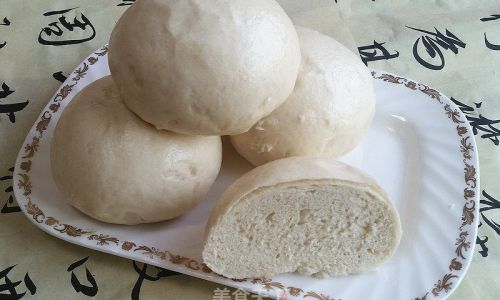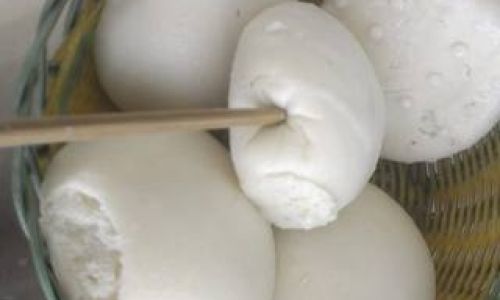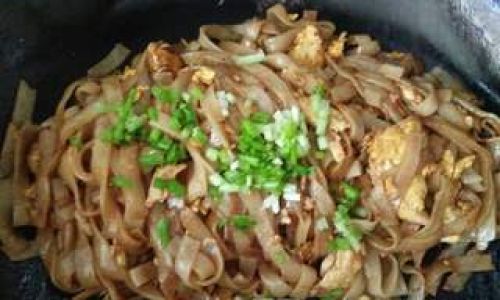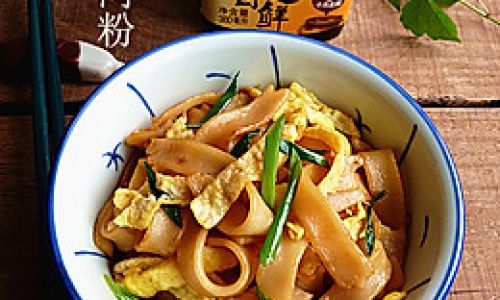Introduction
Steamed mantou, a staple food in Chinese cuisine, holds a special place in the hearts and stomachs of many. These soft, fluffy, and slightly sweet bread rolls are not only delicious but also versatile, serving as the perfect accompaniment to various dishes or standing alone as a satisfying snack. While mantou may seem intricate to those unfamiliar with Chinese cooking, this guide aims to demystify the process and provide a detailed, step-by-step recipe that even beginners can follow. By understanding the key ingredients, mastering the dough-making technique, and perfecting the steaming method, you’ll be able to create your own homemade mantou that rival those found in traditional bakeries.
Understanding Mantou: A Brief History and Cultural Significance
Before diving into the recipe, it’s essential to appreciate the significance of mantou within Chinese food culture. The origins of mantou can be traced back to ancient times, where they were initially created as a form of portable food for travelers and soldiers. Over time, mantou evolved into a beloved household staple, enjoyed across various regions with slight variations in shape, size, and flavor.

Mantou symbolize simplicity, nourishment, and unity. They are often served during festivals and family gatherings, reflecting the importance of sharing food and strengthening bonds. In some regions, mantou are even considered a symbol of prosperity and good fortune, making them an integral part of celebratory meals.
Ingredients: The Foundation of Perfect Mantou
To make delicious mantou, you’ll need a combination of essential ingredients that contribute to their texture, flavor, and overall appeal. Here’s a breakdown of what you’ll need:
-
Flour: Choose high-quality, all-purpose flour for a balanced texture. Some recipes may call for a blend of all-purpose and bread flour to achieve a lighter, fluffier result.
-
Water: Room-temperature water is best as it allows the yeast to activate more effectively.
-
Yeast: Dry active yeast is commonly used. It should be fresh and active to ensure proper dough rise.
-
Sugar: A small amount of sugar helps to feed the yeast and adds a hint of sweetness to the mantou.
-
Salt: Enhances flavor and helps to control the yeast’s activity.
-
Oil: A neutral-flavored oil like vegetable or canola oil can be added to the dough for a softer texture and to prevent sticking.
-
Milk (Optional): Adding a splash of milk can enrich the dough, giving the mantou a creamier flavor and a slightly tangy aroma.
-
Baking Powder (Optional): For an extra lift and fluffiness, a pinch of baking powder can be incorporated. However, it’s crucial to note that baking powder is not a substitute for yeast and should be used sparingly.
Equipment: Tools for Success
Having the right tools can make the mantou-making process smoother and more enjoyable. Here’s a list of essential equipment:
-
Mixing Bowls: Large enough to comfortably hold the dough and allow for easy mixing.
-
Measuring Cups and Spoons: For accurate ingredient measurement.
-
Dough Hook or Wooden Spoon: For mixing and kneading the dough.
-
Clean Kitchen Towel or Plastic Wrap: For covering the dough during proofing.
-
Rolling Pin: For shaping the mantou.

-
Steamer: A traditional bamboo steamer or a modern electric steamer works well. Ensure it has tight-fitting lids to prevent steam from escaping.
-
Liner or Cloth: To line the steamer basket and prevent sticking, you can use parchment paper squares, silicone mats, or dampened cheesecloth.
Step-by-Step Recipe: Making Mantou from Scratch
Now, let’s dive into the detailed recipe for making mantou. Follow these steps carefully to ensure success:
Step 1: Activate the Yeast
- In a small bowl, combine warm water (about 110°F or 45°C), sugar, and a pinch of dry active yeast. Stir gently until the sugar and yeast are dissolved.
- Let the mixture sit for about 5-10 minutes until it becomes frothy and bubbly. This indicates that the yeast is active and ready to use.
Step 2: Prepare the Dough
- In a large mixing bowl, combine the flour and salt. Create a well in the center and pour in the yeast mixture and any additional water needed to reach the desired dough consistency.
- Using a dough hook or wooden spoon, mix the ingredients until they come together into a shaggy dough.
- Transfer the dough to a lightly floured surface and knead for about 8-10 minutes until it becomes smooth, elastic, and slightly tacky but not sticky. If the dough is too sticky, add a little more flour; if it’s too dry, add a teaspoon of water.
- Once the dough is ready, form it into a ball and place it back in the mixing bowl. Cover with a clean kitchen towel or plastic wrap to prevent it from drying out.
Step 3: First Proofing
- Place the bowl in a warm, draft-free area. The ideal temperature for proofing is between 75-85°F (24-29°C).
- Allow the dough to rise for about 1-2 hours, or until it has doubled in size. You can check the progress by gently pressing the dough with a finger; it should spring back slowly.
Step 4: Shape the Mantou
- Once the dough has risen, punch it down gently to release any air bubbles.
- Transfer the dough to a lightly floured surface and divide it into equal portions, depending on the desired size of your mantou. Typically, you’ll aim for portions around 2-3 ounces (55-85 grams) each.
- Shape each portion into a smooth ball by cupping your hands around the dough and rotating it while gently pulling the edges toward the bottom.
- Place the shaped mantou on a lightly floured surface or a lined steamer basket, spacing them slightly apart to allow for expansion during the second proofing.
Step 5: Second Proofing
- Cover the shaped mantou with a clean kitchen towel or plastic wrap to prevent drying.
- Let them rest for about 20-30 minutes in a warm, draft-free area. They should rise slightly and feel lighter to the touch.
Step 6: Prepare the Steamer
- While the mantou are undergoing their second proofing, fill the steamer with water and bring it to a boil over high heat.
- If using a bamboo steamer, ensure the water level does not touch the bottom of the steamer basket.
- Line the steamer basket with parchment paper squares, silicone mats, or dampened cheesecloth to prevent sticking.
Step 7: Steam the Mantou
- Carefully place the proofed mantou in the steamer basket, spacing them apart to avoid sticking together.
- Cover the steamer and reduce the heat to medium-high to maintain a steady, gentle steam.
- Steam the mantou for about 12-15 minutes, or until they are cooked through and have a soft, fluffy texture. You can check for doneness by inserting a toothpick into the center of a mantou; it should come out clean.
Step 8: Cool and Serve
- Once steamed, carefully remove the mantou from the steamer using tongs or a spatula to avoid burning yourself.
- Place them on a wire rack to cool slightly. This helps to firm up their texture and prevent them from becoming soggy.
- Serve the mantou warm or at room temperature. They can be enjoyed plain, with a spread of butter or jam, or as an accompaniment to various dishes like stews, soups, or stir-fries.
Troubleshooting Tips for Perfect Mantou
Even with the best intentions, sometimes things don’t go as planned in the kitchen. Here are some troubleshooting tips to help you overcome common issues when making mantou:
- Dough is too sticky: Add a little more flour, a tablespoon at a time, until the dough reaches the desired consistency.
- Dough is too dry: Add a teaspoon of water and knead until the dough comes together smoothly.
- Mantou didn’t rise enough: Ensure the yeast is fresh and active, and that the dough has been proofed in a warm, draft-free environment for the recommended time.
- Mantou are dense and heavy: Knead the dough thoroughly to develop its gluten structure, and ensure the second proofing is sufficient.
- Mantou stuck to the steamer: Use parchment paper squares, silicone mats, or dampened cheesecloth to line the steamer basket.
Storage and Reheating Tips
To keep your mantou fresh, store them in an airtight container at room temperature for up to a day. For longer storage, wrap them individually in plastic wrap and freeze for up to a month. To reheat, steam them for a





0 comments